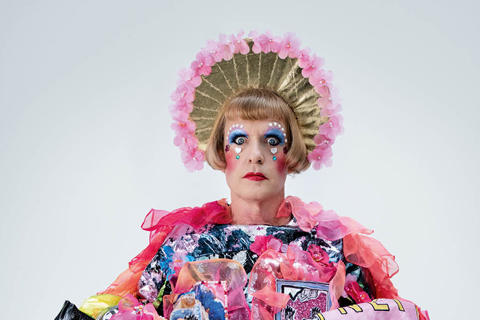
J’ai écrit tout un truc avec des notes et ça a disparu. Non. Non. Et plus d’images dans la bibliothèque. Est ce parceque j’ai changé mon mot de passe??? Il y était question d’oiseaux, de leur chant, de Berlin, de Baltazar Gracian, de peinture, de notes sur les masques de honte.
The largest of Lamb’s five pieces in Conyers’s album, this Gothic image shows a nude woman being stabbed in the heart by Cupid with the specter of a skeleton observing — or directing — the scene. According to Elizabeth Campbell Denlinger, curator of The New York Public Library’s Carl H. Pforzheimer Collection of Shelley and His Circle and co-curator of Shelley’s Ghost, Lamb’s painting is in keeping with the style of art at the time, particularly the work of Henry Fuseli, a Swiss painter who settled in England. His most famous painting, The Nightmare (1781), shows a sleeping young woman in a white gown reclining on a bed; her head and one arm hang over the side, and an incubus (a male demon) sits on her stomach looking out at the viewer. (In mythology, male demons sat on women in order to have intercourse with them.) A horse’s head appears from between dark curtains draped in the background. In Frankenstein, Mary Shelley portrays Victor Frankenstein’s wife’s death similarly: “She was there, lifeless and inanimate, thrown across the bed, her head hanging down and her pale and distorted features half covered by her hair.” In the 1931 film version of Frankenstein, Elizabeth doesn’t die when the Creature attacks her, but director James Whale lingers on the image of her limp body on the bed before Frankenstein rushes into the room to revive her. Denlinger also notes that Lamb may have been influenced by William Blake, who she knew, and by Gothic literature by authors such as Ann Radcliffe and Matthew Lewis. Lewis visited Percy Bysshe and Mary Shelley in Geneva in the summer of 1816, the period during which Mary Shelley began writing Frankenstein. NYPL, Pforzheimer Collection
Vous devez être connecté pour poster un commentaire.